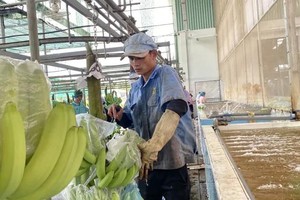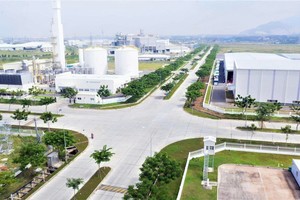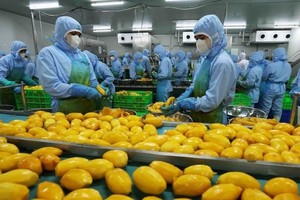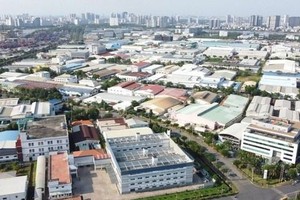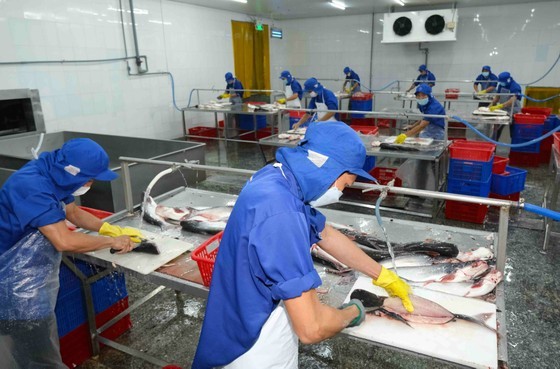 Illustrative photo
Illustrative photo
In 2011, the total import-export value reached $200 billion. According to preliminary statistics just announced by the Customs of Vietnam, the total import-export value of the country in the 11 months from the beginning of 2022 reached $673.7 billion, up 11.8 percent over the same period last year.
In the first 11 months of 2022, the trade balance has a surplus of $10.68 billion. The Southeast Asian country’s imports and exports also reached the milestone of $700 which was announced on December 15. According to the General Department of Customs, in the past 20 years, Vietnam's import and export of goods have continuously reached record milestones.
Despite the country’s impressive imports and exports, the Ministry of Industry and Trade still said that, in the context of the slowing global demand for goods, especially in Vietnam's two leading markets - the United States and the EU - import and export goods facing difficulties. Worse, some of Vietnam's key export products to the EU and US markets are facing pressure on trade remedy investigations and origin fraud.
The European market is building up technical barriers related to the environment, sustainable development, and green transformation; as a result, businesses have a passive response to new requirements; thus, they are facing many disadvantages in market access. On the other hand, Vietnamese goods are facing stiff competition with China's export products of the same type in the EU, US, Japan, and East Asia markets.
At the recent regular Government meeting in November, the Government also pointed out that the economy continued to recover, but with more difficulties and challenges than opportunities and advantages; some major export markets were narrowed resulting in shrinking production and business activities.
In its supplement to the recently released Asian Development Outlook 2022, the Asian Development Bank also said that although Vietnam’s trade continues to grow, global demand for Vietnam's exports has shown a decline. Therefore, Vietnam's economic growth forecast in 2023 is revised to 6.3 percent due to a decline in major markets’ demand.
Recently, Prime Minister Pham Minh Chinh signed a letter on the supply of credit capital to the economy, which required focusing on priority areas, and economic growth drivers, including consumption, investment, exports including key export agricultural products.
Therefore, ministries and agencies were required to closely monitor international and regional developments, policy adjustments of countries and major partners in terms of fiscal, monetary, trade and investment, and other important policies for precise analysis and forecast, appropriate solutions to overcome new problems.
The Ministry of Industry and Trade should coordinate with agencies and localities in continuing to strongly develop the domestic market and expand and diversify markets, export products and supply chains, and promote trade, especially for export products as well as effectively make use of free trade agreements.
The Ministry of Agriculture and Rural Development needs to speed up the planning and development of farming areas for agricultural products to meet the requirements of the scheme to increase the export of official goods. Ministries, agencies and localities also need to focus on solving difficulties for businesses, including removing capital, expanding markets, and expanding production and business, Vietnam continues to expand exports of goods to bring hundreds of billions of US dollars to the country.
